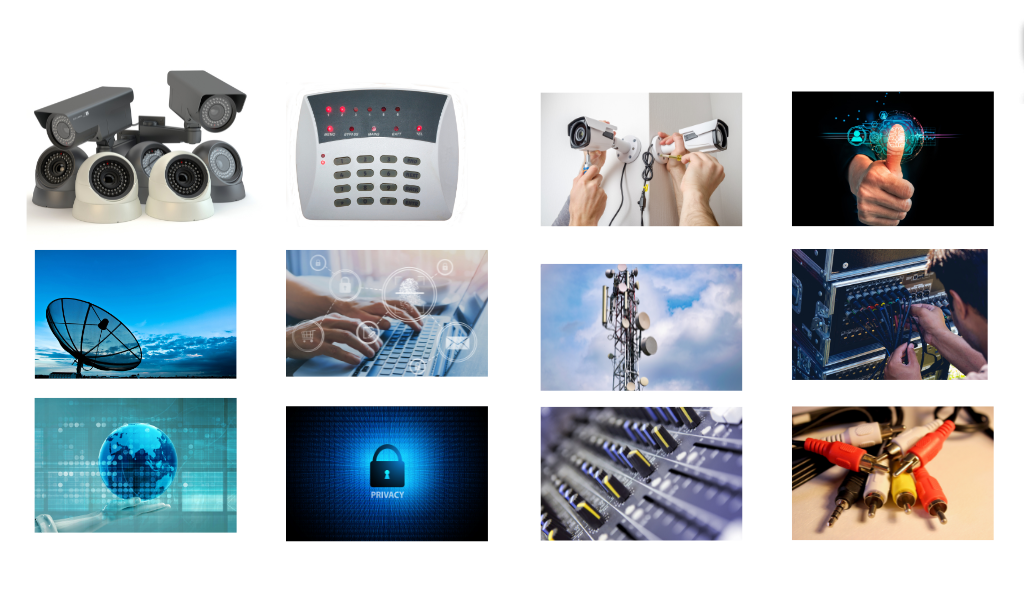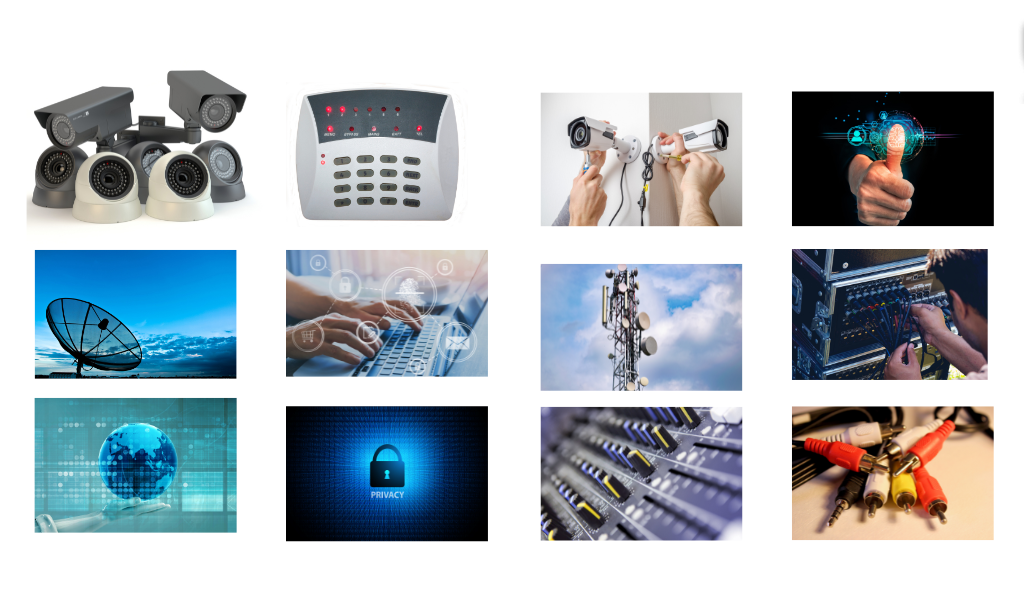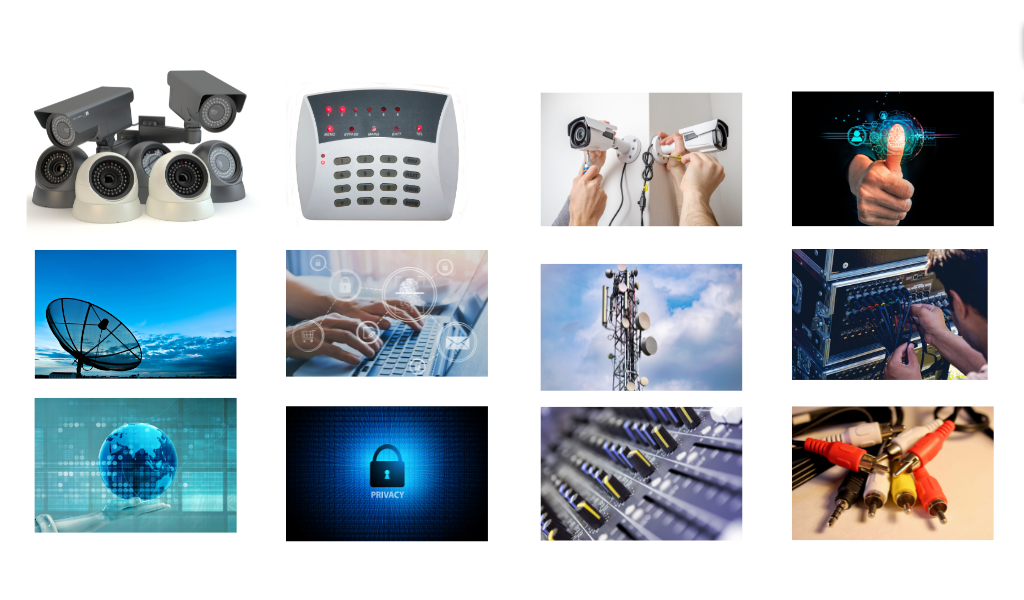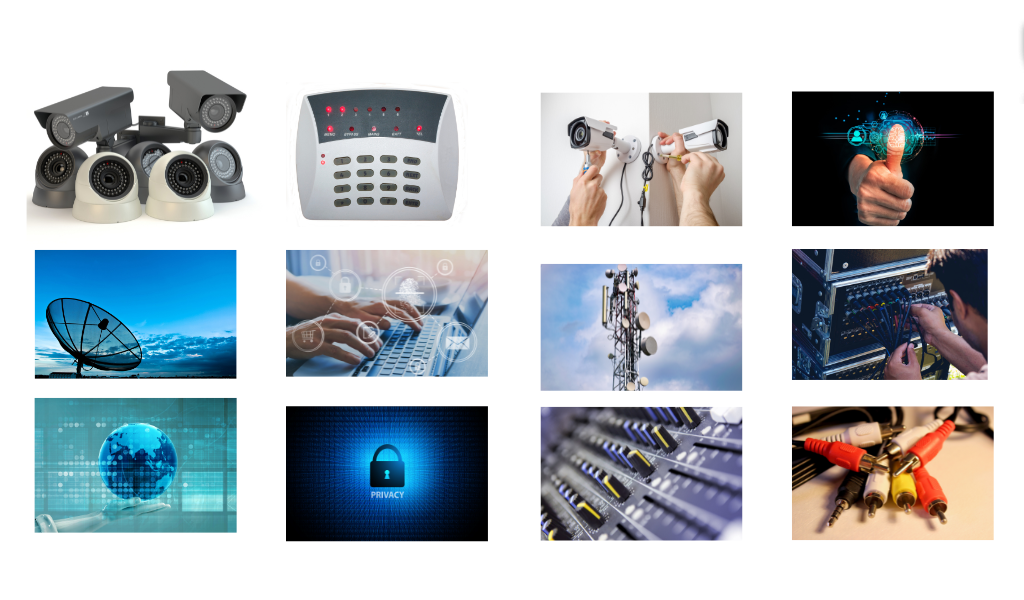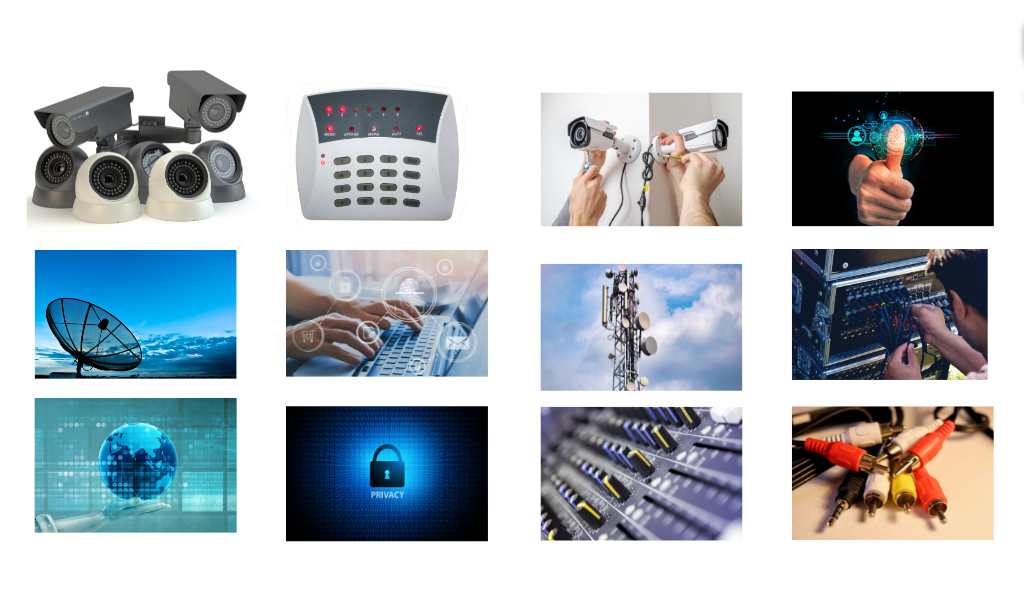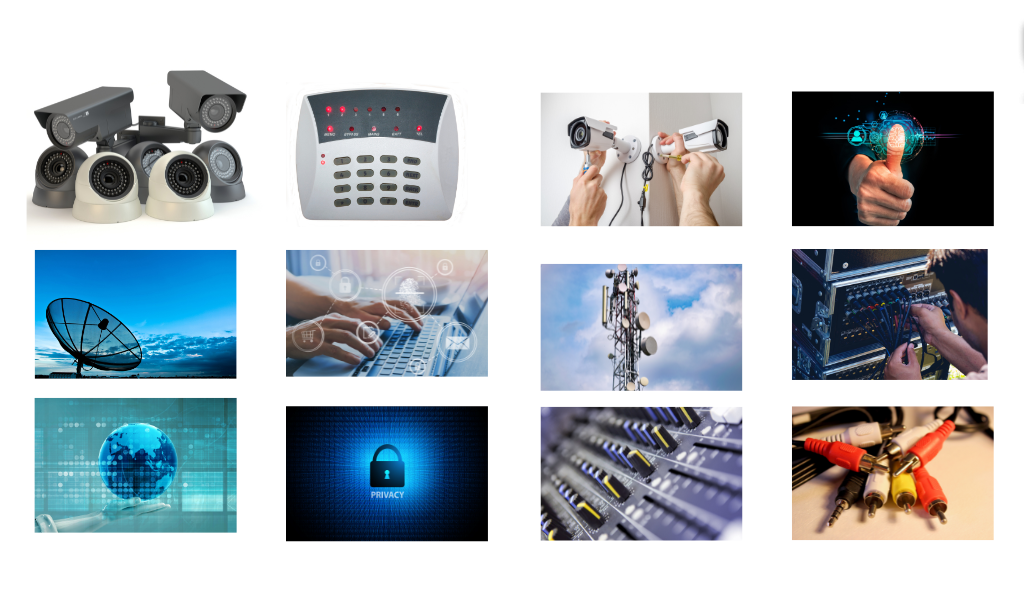 Conversion-Focused Landing Pages – More Leads, Less Bounce!
Conversion-Focused Landing Pages – More Leads, Less Bounce!
How can you ensure the quality of CCTV footage remains intact over time?
Written by pos » Updated on: June 17th, 2025

CCTV systems play a critical role in safeguarding properties and ensuring security. However, the value of these systems lies in the clarity and reliability of their recorded footage. To maintain this, partnering with the Best Security Company ensures the longevity and quality of CCTV recordings, addressing challenges such as environmental conditions, hardware issues, and improper maintenance. A proactive approach is essential to preserve the effectiveness of CCTV systems and their recorded footage.
This guide explores the strategies and best practices for maintaining high-quality CCTV footage, ensuring your security system remains effective and reliable.
Understanding Why CCTV Footage Quality Degrades
Before delving into the solutions, it’s important to understand why the quality of CCTV footage might deteriorate over time. Several factors can contribute to this decline:
Hardware Wear and Tear
Cameras and their components can degrade with prolonged use, especially in environments with extreme weather conditions or heavy usage.
Storage System Limitations
Storage devices such as hard drives or cloud systems can become full or corrupted, leading to a loss in footage quality or even complete data loss.
Improper Installation
Incorrectly installed cameras may capture blurry, misaligned, or poorly lit footage, compromising the video quality from the start.
Environmental Conditions
Dirt, dust, rain, and direct sunlight can obstruct camera lenses or damage sensitive components, affecting the clarity of recorded footage.
Regular Maintenance: The Key to Long-Lasting Quality
To ensure that CCTV footage remains clear and usable, regular maintenance is essential. Establishing a schedule for inspections and servicing can help identify and address issues before they compromise your security system.
Cleaning Camera Lenses
Dust, dirt, and moisture can accumulate on camera lenses over time, reducing image clarity. Regularly cleaning the lenses with appropriate materials ensures a sharp and unobstructed view.
Inspecting Hardware Components
Routine checks of cameras, cables, and recording devices help detect wear and tear or potential malfunctions. Any damaged components should be replaced promptly to maintain system functionality.
Testing Camera Alignment
Camera angles and positions can shift due to environmental factors or accidental tampering. Periodic testing ensures that cameras remain properly aligned to capture intended areas.
Optimizing Storage Solutions for Longevity
Storage plays a pivotal role in preserving CCTV footage. A well-maintained storage system not only safeguards your data but also ensures the footage remains high quality.
Choosing High-Quality Storage Devices
Invest in reliable hard drives or cloud storage solutions designed for CCTV use. These devices are built to handle continuous data writing and prevent data loss.
Regularly Checking Storage Capacity
Overwriting old footage is common in CCTV systems, but insufficient storage can result in incomplete recordings or reduced quality. Ensure storage devices have adequate capacity to meet your system’s needs.
Backing Up Footage
Create backups of critical footage on secondary devices or cloud platforms. This precaution protects your data against potential storage failures.
Updating Firmware
Modern storage systems often require firmware updates to maintain compatibility and functionality. Ensure that all updates are applied to avoid issues with data retrieval or quality.
Addressing Environmental Challenges
Environmental factors can significantly impact the performance of CCTV cameras. Taking steps to protect your cameras from these conditions can ensure consistent video quality.
Using Weatherproof Cameras
For outdoor installations, choose cameras with weatherproof casings to protect against rain, dust, and temperature fluctuations.
Installing Sunshades or Covers
Direct sunlight can cause glare, reducing the visibility of recorded footage. Sunshades or protective covers help minimize this issue.
Regular Inspections in Harsh Environments
In locations prone to extreme weather, more frequent inspections are necessary to ensure Security cameras remain operational and clear.
Ensuring Consistent Power Supply
A reliable power supply is essential for uninterrupted recording and high-quality footage. Power fluctuations or interruptions can result in corrupted or lost data.
Installing Uninterruptible Power Supplies (UPS)
A UPS provides backup power during outages, ensuring that cameras and recording devices continue to function seamlessly.
Using Surge Protectors
Power surges can damage cameras and storage systems, leading to degraded footage or system failure. Surge protectors safeguard your equipment from such risks.
Leveraging Technology for Optimal Performance
Modern advancements in CCTV technology offer tools and features to maintain and enhance footage quality.
Adopting High-Resolution Cameras
Investing in high-definition cameras ensures that footage remains clear, even when zoomed in. Higher resolutions are particularly beneficial for identifying details such as faces or license plates.
Enabling Compression Settings
Many CCTV systems use compression algorithms to save storage space. Configure these settings carefully to balance storage efficiency with video quality.
Using AI and Analytics
Some advanced systems incorporate AI features, such as motion detection and facial recognition. These tools help optimize camera performance and reduce unnecessary footage.
Monitoring and Reviewing Footage Regularly
Routine reviews of recorded footage ensure that your system is working correctly and capturing high-quality videos. These reviews also help identify any potential gaps in coverage or performance issues.
Conducting Weekly Spot Checks
Review footage from various cameras weekly to confirm clarity and functionality. Pay attention to any distortions or gaps in recordings.
Auditing Entire Systems Periodically
Perform comprehensive audits of your CCTV system annually to evaluate its overall performance and identify areas for improvement.
Partnering with Professionals
While some maintenance tasks can be performed in-house, professional services ensure thorough inspections and expert handling of complex issues. Engaging professionals for regular servicing and upgrades can enhance system longevity and footage quality.
Conclusion
Maintaining the quality of CCTV footage over time is a multifaceted process that involves regular maintenance, optimized storage solutions, and proactive measures against environmental and technical challenges. By investing in high-quality equipment, establishing a maintenance routine, and leveraging modern technology, you can ensure that your CCTV system remains a reliable tool for security and surveillance.
Clear and consistent footage is not only essential for immediate monitoring but also for reviewing incidents and providing evidence when needed. A well-maintained system guarantees that your security infrastructure remains effective and dependable, offering peace of mind and enhanced safety.
Note: IndiBlogHub features both user-submitted and editorial content. We do not verify third-party contributions. Read our Disclaimer and Privacy Policyfor details.
Copyright © 2019-2025 IndiBlogHub.com. All rights reserved. Hosted on DigitalOcean for fast, reliable performance.



